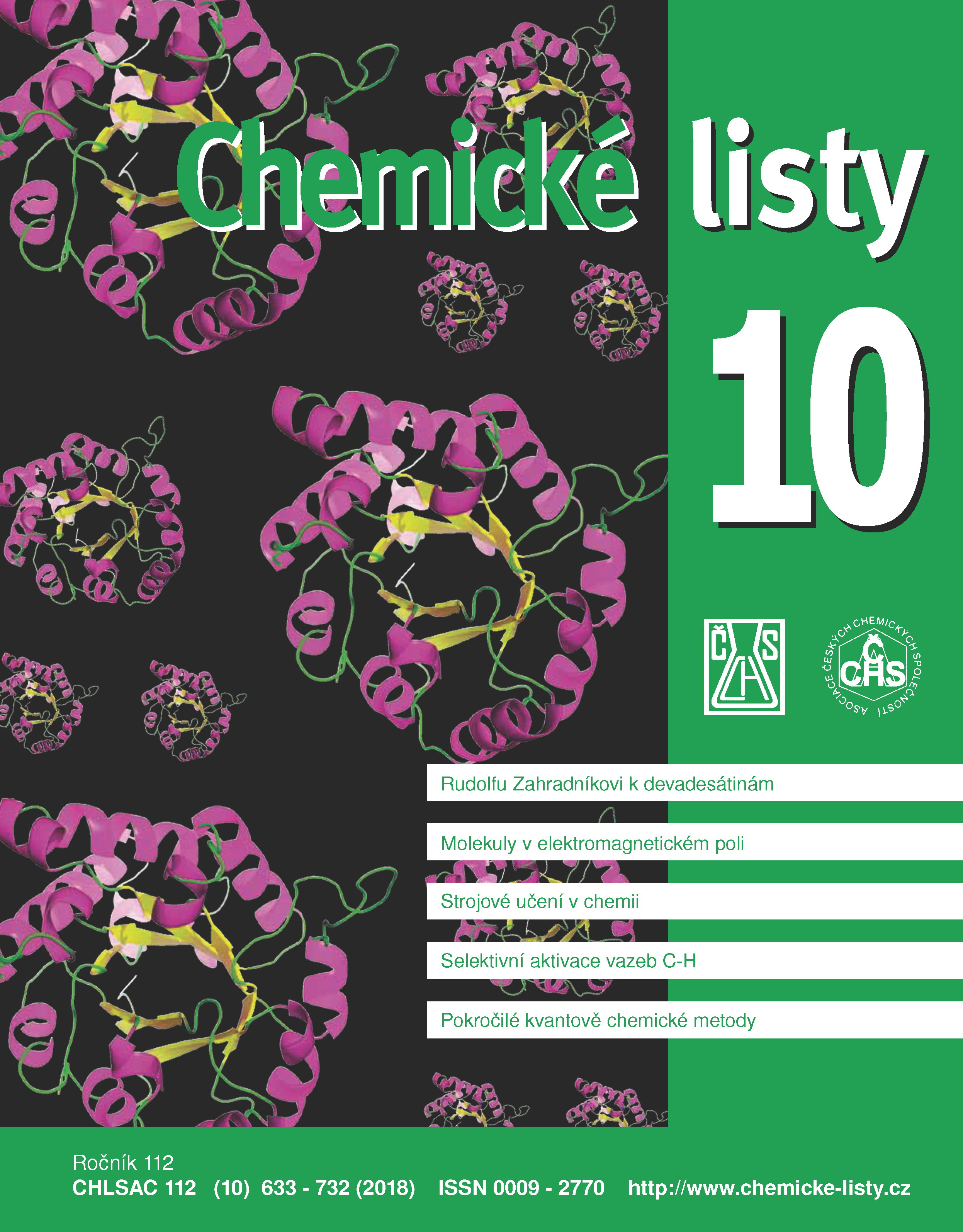Chemické procesy iniciované nárazem elektronu v nanolitografické metodě FEBID a jejich popis pomocí teorie elektronového rozptylu
Klíčová slova:
chemie nárazem elektronu, nanolitografie, disociace vazeb kov-ligand, výpočty disociaceAbstrakt
This paper is dealing with the focused electron beam induced deposition (FEBID), a nanolithographic method used for fabrication of devices for nanoelectronics, nanosensors, and other types of nanotechnologies. Fundamentals, merits, limitations, present and potential applications of FEBID are discussed. Electron beam induced chemistry is a complicated process including several reaction channels. So far this complexity does not allow to develop a detailed understanding of the microscopic formation of deposits; therefore, the development of theoretical models represents a topical task to interpret and supplement the available experimental data, and, ideally, to predict optimum parameters for the FEBID nanofabrication. For FEBID, the electron scattering theory can be applied as a proper and rigorous theoretical tool. We present an attempt to show how it can be used to evaluate cross sections for dissociative electron attachment – an important channel in decomposition of FEBID precursors by electron impact.





